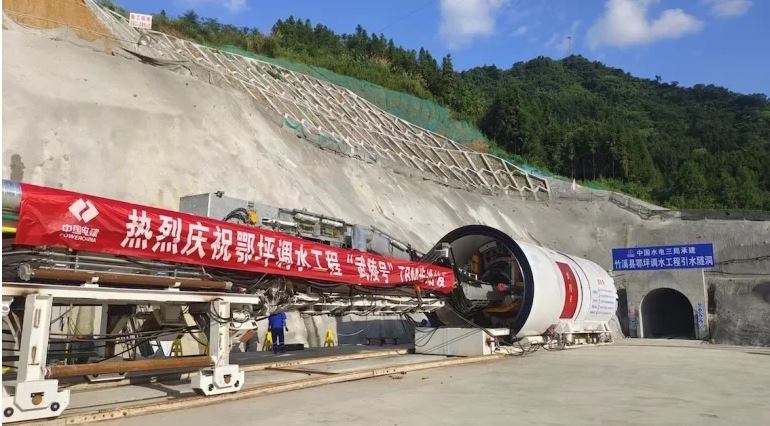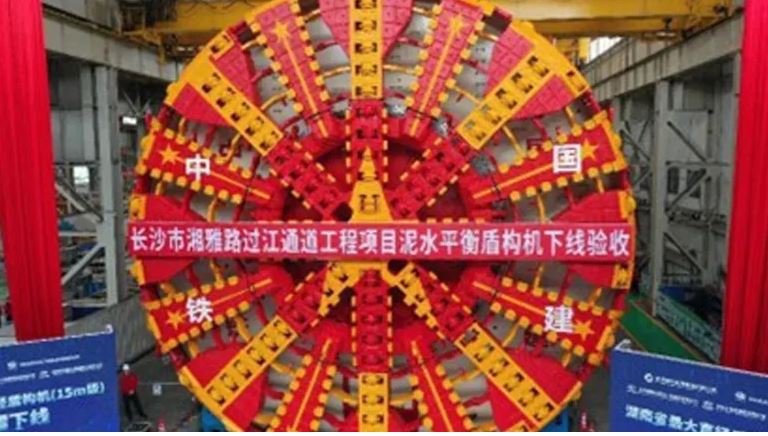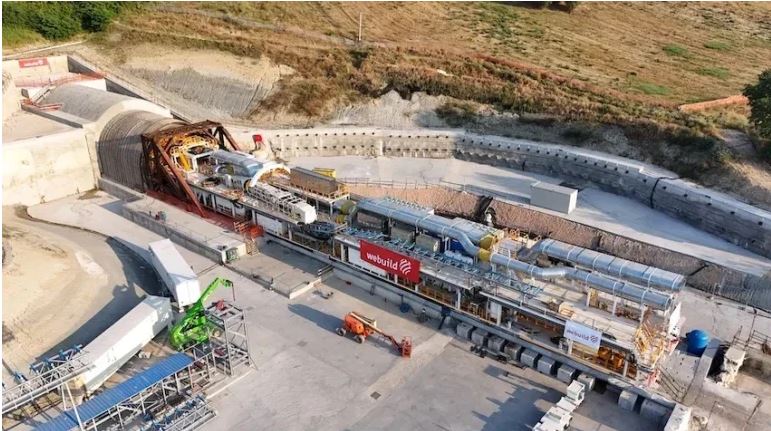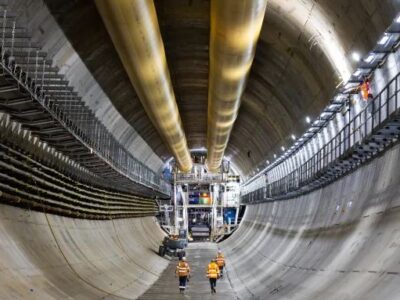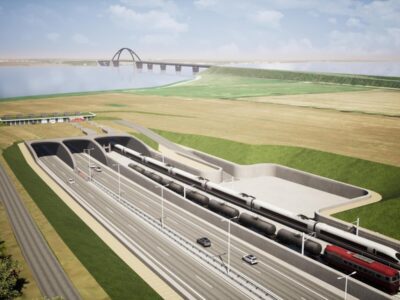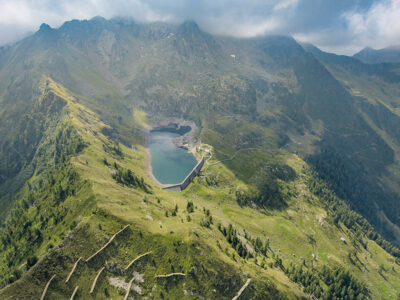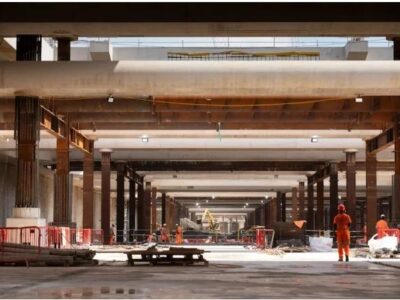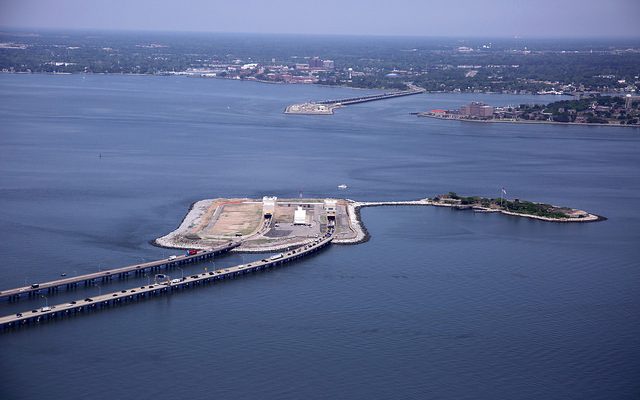
Operators begin to brace for the arrival of the TBM of the HRBT Extension Project and work to extend the current islands of the North and South to accommodate the proposed twin tunnels. In addition, crews are gathering to begin construction in Norfolk and Hampton to expand the interstate.
In addition to the excavation of the launch pit and tunnel approaches on the South Island, a quay dock is being established to accept the TBM and the structural integrity of the soil is being checked and mixed as required in order to sustain the weight of the TBM and eventually promote the process of tunnel drilling.
Three hydromill excavators and a slurry processing facility have been used by crews to shape walls for a 20 m (65-foot) launch pit. To form underground walls, the hydromills have been drilling a line of deep, side-by-side rectangular holes to be filled with concrete. These walls will be up to 190 foot long and a triple-cell cofferdam will form the outline.
The hydromills fill each excavation with a dense slurry as they dig to keep the hole open before the concrete is poured. When the concrete comes, this slurry is poured out and then is filtered and recycled for use in the next hole. Crews would be able to excavate the space inside the pit until the concrete walls are finished.Recent work on a portion of Willoughby Spit created a laydown area for additional construction equipment, office space and storage area.
Work will take place concurrently with a construction deadline in November 2025 for the twin tunnels, replacement bridges and expansion of the interstate.
The TBM assembly process, which will arrive in the fall of 2021, will take four to six months. The completed TBM would be over 400 feet in length and over 4,000 tons in weight.
The TBM will be launched in early 2022 and will hit the North Island after operating up to 15 m/50 feet a day one year later. The unit would be turned around over the next four months before beginning to dig the parallel tube toward the South Island.
Each tunnel will be approximately 2,400 m (8,000 feet) long and the longest sections will be approximately 45.72 m (150 feet) below the surface of the water: 15.24 m (50 feet) deeper than the present tunnels.


